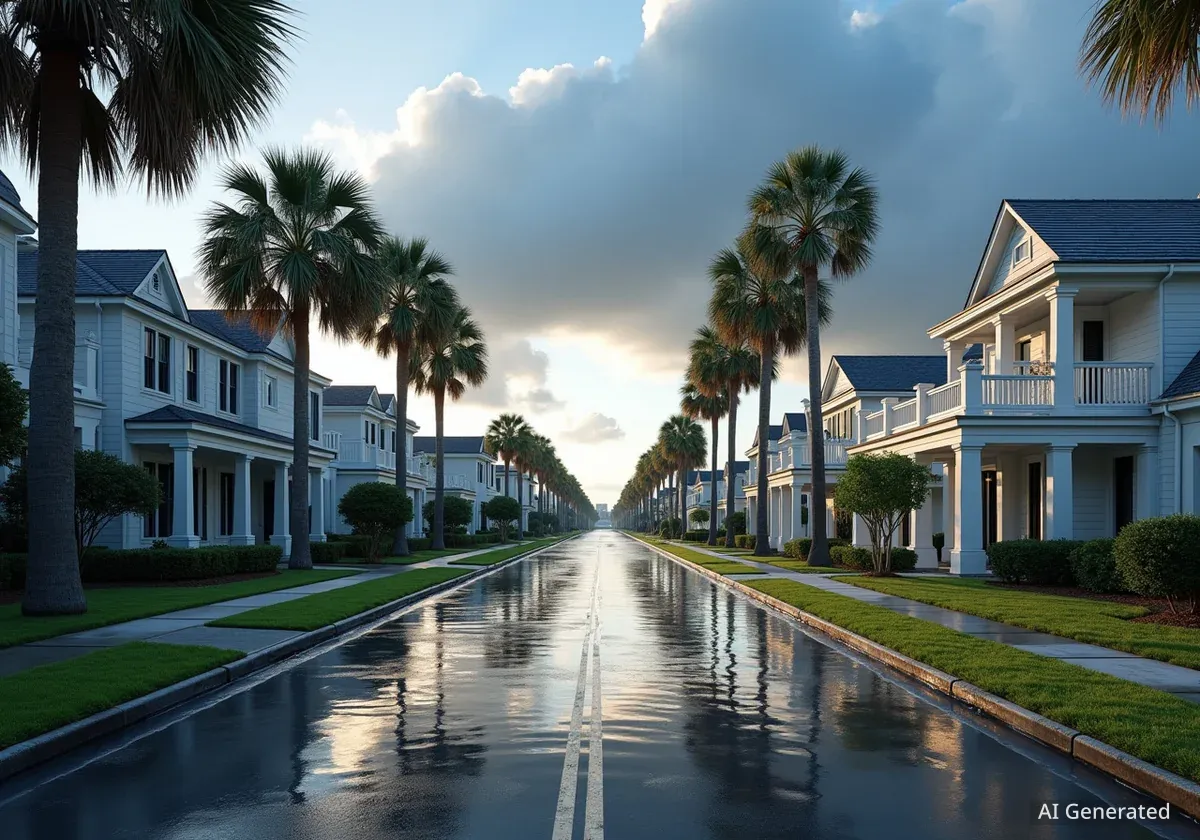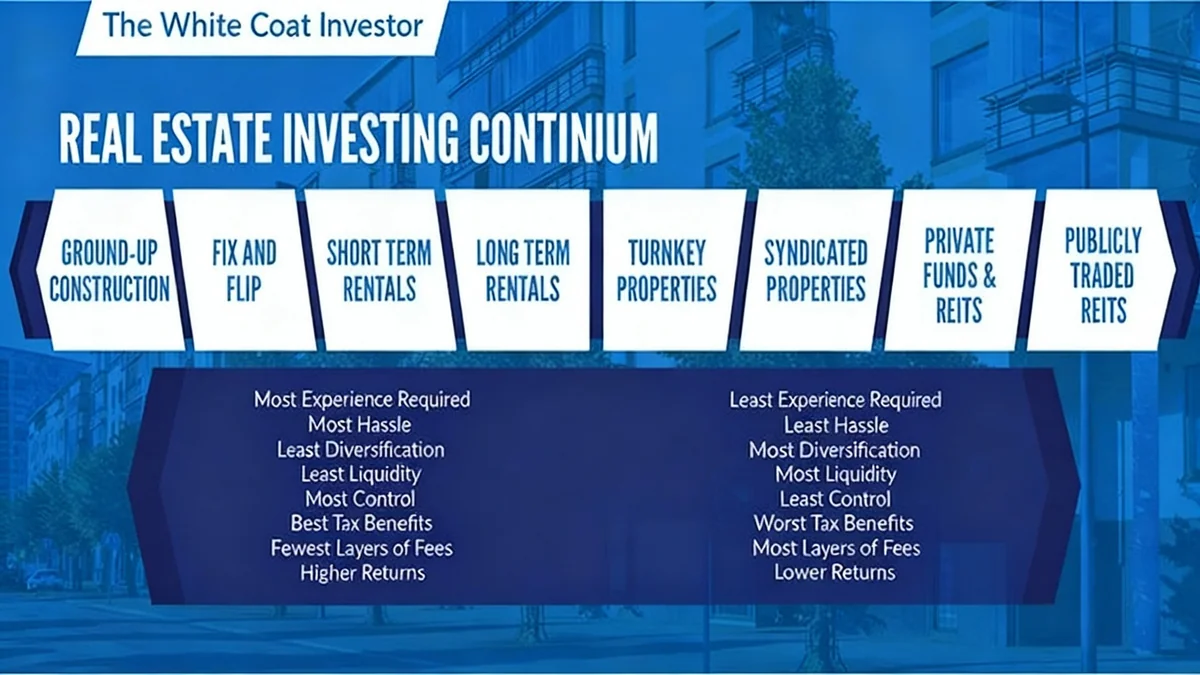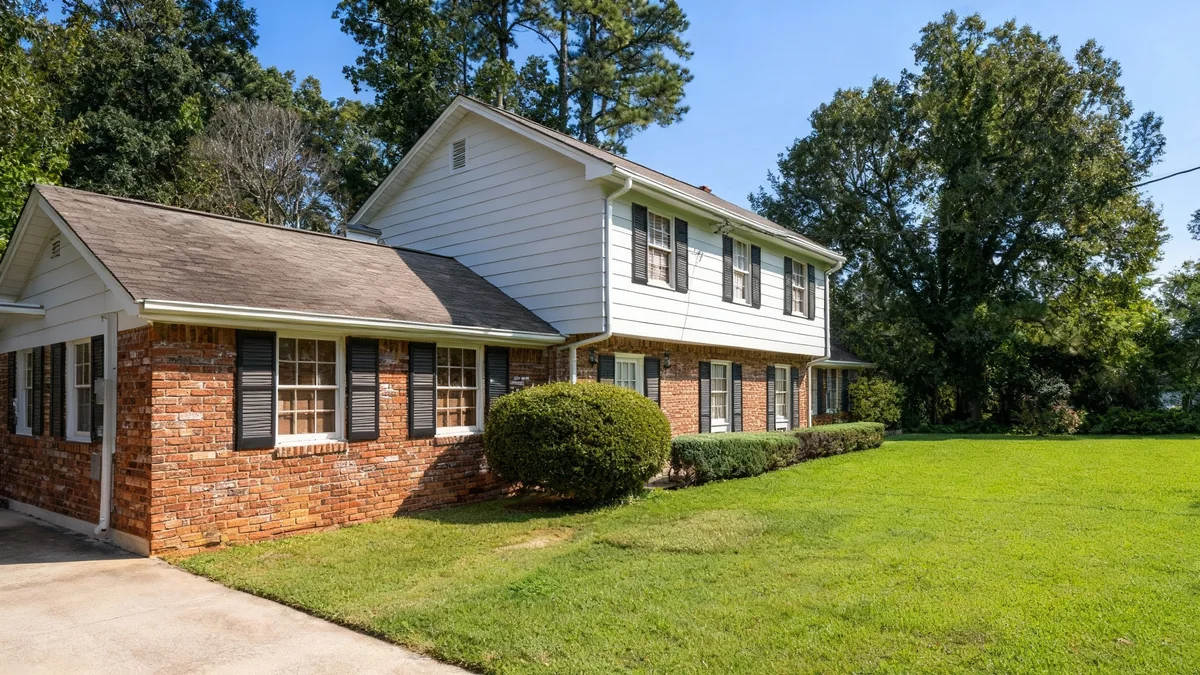In Charleston, South Carolina, a booming real estate market is defying the city's increasing battle with coastal flooding. Despite data showing a dramatic rise in flood events over the past decade, median home prices have surged by nearly 40% since 2020, with some historic properties seeing values climb over 77%.
This paradox highlights a complex situation where residents and new buyers are weighing the city's historic charm and lifestyle against the mounting risks and costs associated with climate change and severe weather.
Key Takeaways
- Charleston's median home sale prices have increased 39.3% since 2020, even as flood frequency has risen.
- Nearly 75% of Charleston's major ocean floods since 1923 have occurred in the last ten years.
- Rising home insurance costs are becoming a significant factor, with some national insurers reducing their presence in high-risk states.
- The city and residents are investing in costly flood mitigation projects, from public sea walls to private home elevations costing up to $500,000.
Life on the Waterfront A Growing Challenge
For residents like Denise Matthews of Ashley Avenue, the reality of living in a flood-prone area is a part of daily life. In the last two years, her parked car has been declared a total loss twice due to damage caused not just by standing water, but by the wakes created by vehicles speeding through flooded streets.
The situation became so common that the street earned the nickname "Lake Ashley." Matthews reported to the Wall Street Journal that many of her neighbors have also had to replace vehicles for the same reason. This unique problem prompted the city to take action.
In 2024, Charleston officials passed an ordinance designating any street with six or more inches of standing water as a "no wake" zone. The rule aims to prevent the destructive waves that have damaged property and posed a hazard to the community.
Resident Resolve Amidst Rising Tides
Despite the challenges, many residents remain committed to their homes. Denise and her husband, John, who purchased their house for $1.11 million in 2020, have no intention of moving.
"I love absolutely everything about it here," Denise stated in an interview. "The flooding doesn’t come into play in our minds."
This sentiment appears to be shared by many, as Charleston continues to attract new residents and investment, cementing its status as a desirable real estate market.
Charleston's Flooding by the Numbers
According to the National Weather Service, the frequency of major ocean floods has accelerated significantly. Data spanning from 1923 to 2024 shows that nearly three-quarters of all major flood events have happened in the last 10 years alone.
A Market Disconnected from Climate Risk
The city's real estate trends present a stark contrast to the environmental warnings. A 2020 climate assessment by the city projected a potential sea-level rise of three feet between 2030 and 2100. Such a change could leave an estimated 15,000 properties in Charleston inaccessible.
However, this long-term risk has not slowed the market's momentum. Since 2020, the median sale price for homes across the city has climbed by 39.3%. The growth is even more pronounced in the historic downtown area, where prices have soared by 77.1%, reaching a median of $1.2 million.
To protect their investments, some homeowners are undertaking expensive flood-proofing measures. These range from installing pump systems and French drains to the more extreme step of elevating an entire house, a project that can cost as much as $500,000.
City-Wide Mitigation Efforts
Charleston's municipal government is also investing in infrastructure to combat rising sea levels. Key projects include repairing the High Battery sea wall, adding 2.5 feet to the Low Battery sea wall, and upgrading check valves in drainage tunnels to better control seawater flow.
The Growing Burden of Home Insurance
While property values rise, another cost is becoming a critical concern for homeowners: insurance. The trend in Charleston mirrors a national crisis affecting states prone to extreme weather.
Across the United States, insurance premiums increased by an average of 34% between 2017 and 2023. However, the increases were much sharper in high-risk states:
- Texas: 59.9% increase
- California: 43.7% increase
- Florida: 43.2% increase
The rising risk has led some major insurance companies, including State Farm and Allstate, to pull back from markets like California, citing wildfire risk and high construction costs. A report from The New York Times noted that in 2024, there were at least 27 weather events in the U.S. that each caused damages exceeding $1 billion.
A Deciding Factor for Some Residents
For some, the combination of flood risk and soaring insurance premiums is too much. Greg McCoy, a former resident of Ashley Avenue, sold his home in 2023. He cited the escalating insurance situation and the constant threat of flood damage as key reasons for his departure.
"I saw things getting worse and worse, insurance-wise, and the possibility for having to do a complete rebuild and stuff like that," McCoy explained. "I was a little bit relieved to not have to think about the flooding anymore."
Real estate agents in other southern markets, such as Florida, have reported similar issues. One agent told CNN, "I’ve had buyers cancel deals after they got the insurance quote."
Considering a Move to a High-Risk Area
The decision to buy a home in a location like Charleston involves a careful calculation of risk versus reward. While the allure of a vibrant city and potentially strong property appreciation is powerful, prospective buyers must contend with the financial realities of climate change.
An analysis from SafeHome.org found that nine of the ten U.S. states most at risk for extreme weather events—including coastal flooding, heat waves, and wildfires—are located in the South.
Experts advise anyone considering a move to such an area to research the history of weather events over the past 20-30 years and investigate current home insurance rates. Securing affordable and comprehensive coverage is no longer a guarantee, and it is becoming an increasingly influential factor in the home-buying process.





